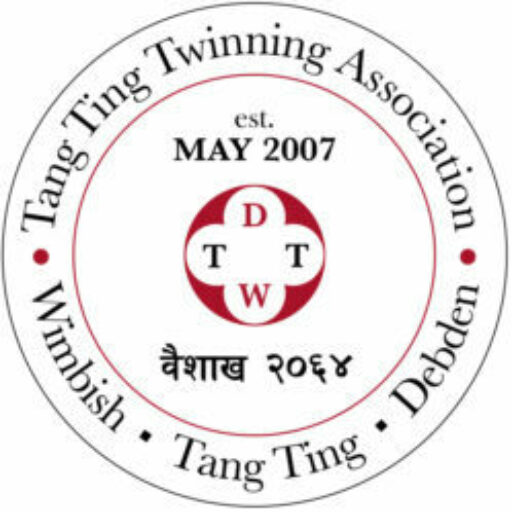The parish of Wimbish, a widely spread rural community of some 1500 people, adjoins the south east boundary of the market town of Saffron Walden. Long views over pleasant open farmland give the parish its distinctive rural character. 4½ miles from end to end, and covering some 4,920 acres, Wimbish includes 4 manors (Broadoaks, Pinkneys, Abbots and Tiptofts). It is also believed to have more miles of footpaths than any other parish in Essex, making it a haven for walkers and naturalists alike.
Although the Ordnance Survey map shows the name ‘Wimbish’ in the vicinity of the parish church in the north east corner of the parish (see back page), the main population centres are elsewhere. In fact, formerly known as ‘Wimbish and Thunderley’, the parish encompasses several quite distinct hamlets, each with its own individual character and identity. These include Tye Green, Upper and Lower Green (or Wimbish Green), Howlett End, Elder Street/Carver Barracks and other less clearly defined areas including Thaxted Road, Maple Lane, Mill Road, Cole End, Rowney Corner and Pepples Lane.
Although the parish has most of the elements that comprise a traditional village, All Saints church (near Maple Lane) is a mile from Wimbish Primary School, the village hall and recreation ground (in Tye Green) are almost a mile from the pub/restaurant (in Howlett End), and this in turn is almost a mile from the shop/PO (at Elder Street/Carver Barracks).
Many of the individual hamlets of Wimbish have their own strong sense of community. However, the spread out nature of the parish coupled with the lack of a clear focal point has always presented something of a challenge to the development of a sense of cohesion in the parish as a whole, particularly in recent years as the original population has aged or moved away and been replaced by incomers, many of whom are commuters. The construction of a new multi-purpose community centre has been identified as a possible way to address this, and residents have expressed strong (85%) support for such a scheme via the 2004 Community Questionnaire. Such a development would of course require appropriately experienced teams of volunteers to secure the necessary funding, to select a site and design that the community can support and to manage the project in all its phases.
Carver Barracks, accounting for some 35 – 45% of the inhabitants, has had a significant presence in Wimbish for many years, and integration with the Wimbish community has been growing since 33 Engineer Regiment established a permanent residence here. The key integrating factor is the primary school, a high proportion of whose pupils are based at Carver Barracks. The barracks also nowadays has regular representation at parish council meetings and provides important logistic and other support to community activities. The recently formed ‘Tang-Ting Twinning Association’ is likely to strengthen these ties.
Wimbish’s historic economy of agriculture and supporting trades employs very few local inhabitants these days. Not surprisingly in view of Wimbish’s proximity to London and Cambridge, the majority (72%, excluding Carver Barracks) of the working population travel out for work on a daily basis. A limited bus service operates to parts of the parish but many areas are not directly served, and most people either choose (or are obliged) to travel by car.
Wimbish is outside development limits for planning purposes, and therefore new building other than appropriate affordable and/or infill housing is normally prohibited. The 2004 Questionnaire identified some support for a limited level of new building, and at the same time a strong collective wish to preserve Wimbish’s pleasant and quiet rural character as it is.
